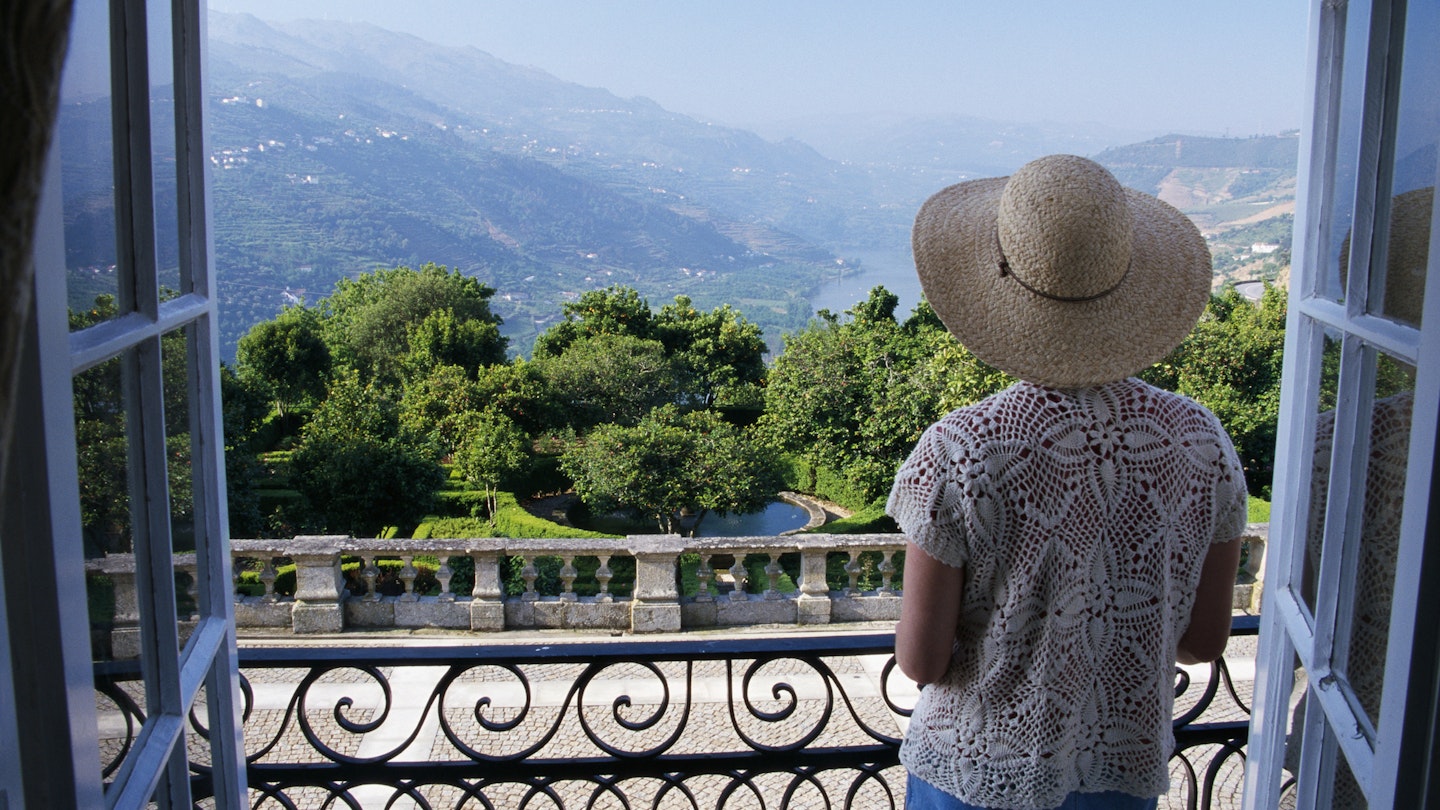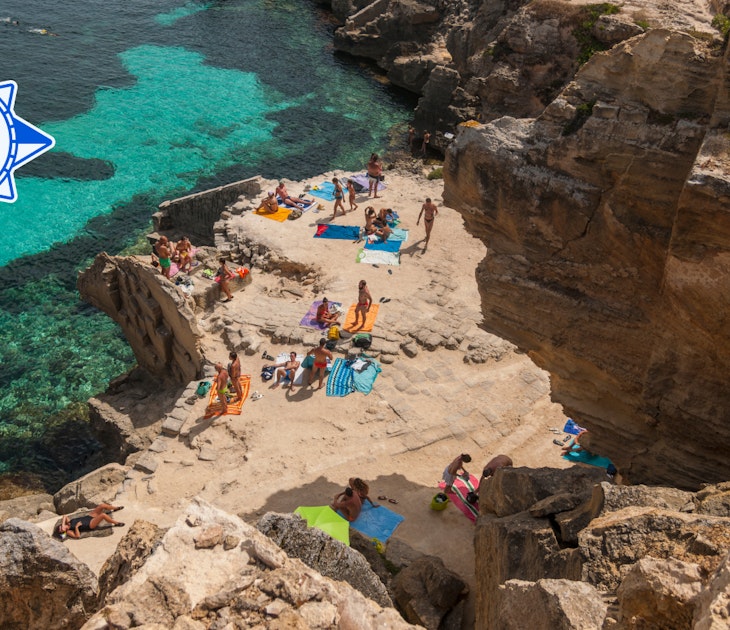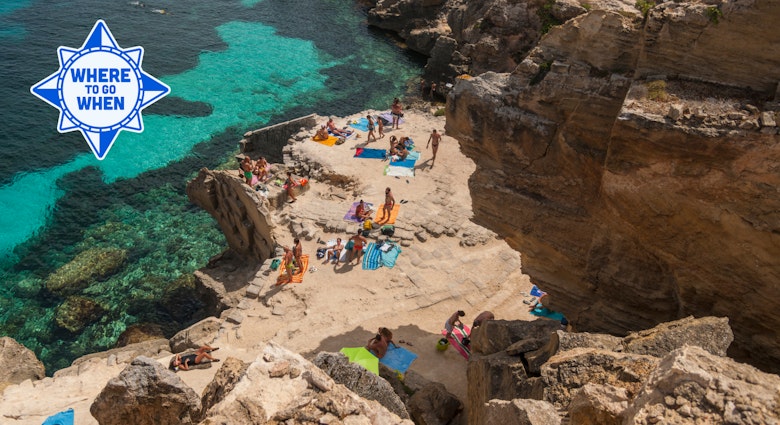Porto is a tough place to leave, with fascinating cobblestone districts, vibrant nightlife and a wealth of great restaurants. And yet, there’s a whole world of intrigue just beyond the city.
Craggy mountain wilderness, towering medieval castles and hilltop vineyards with jaw-dropping views are among the many attractions awaiting you on a day trip from Porto. Whether you’re seeking a nature escape with rugged trails and waterfalls or want to explore some surprisingly amorous elements of village life in the Minho, Porto makes an ideal gateway to the wonders of northern Portugal.
For several destinations, you’ll need a car to visit, but others are easy to reach either by train, bus or, if you’re visiting the Douro Valley, by boat on an organized tour. When planning your itinerary, be sure to place these five outstanding destinations at the top of your list.
Drink in the views – and legendary wines – in the Douro Valley
The Douro Valley was recognized as a demarcated wine region in 1756, making port wine exclusive to Portugal in the same way Champagne is exclusive to its namesake region in France. This upriver destination is the hub of Portugal’s famed port-wine industry, with neat rows of terraced vineyards snaking up the mountainside along both banks of the Douro River.
The Douro Valley can be visited for its scenery alone, but a vineyard tour (including tasting) adds to the experience and is offered by most wineries or quintas (note that some close over the cooler months). To fully appreciate the magnitude of the valley, we recommend a 1-hour cruise up the river from Pinhão in a yacht or vintage rabelo (traditional wooden cargo boat). Before heading back to Porto, you can dine at riverfront spots in Pinhão like Veladouro.
How to get to the Douro Valley: A number of companies run day tours to the Douro Valley and include tastings. A train from Porto stops in Pinhão, from where a number of wineries, such as Quinta das Carvalhas, are accessible by foot. Check the train timetable before signing up for tours, as return trips to Porto can be limited. Consider hiring a car for the day and nominating a designated driver for full flexibility. The views along the N-222 as it hugs the river east of Peso da Régua are magical.
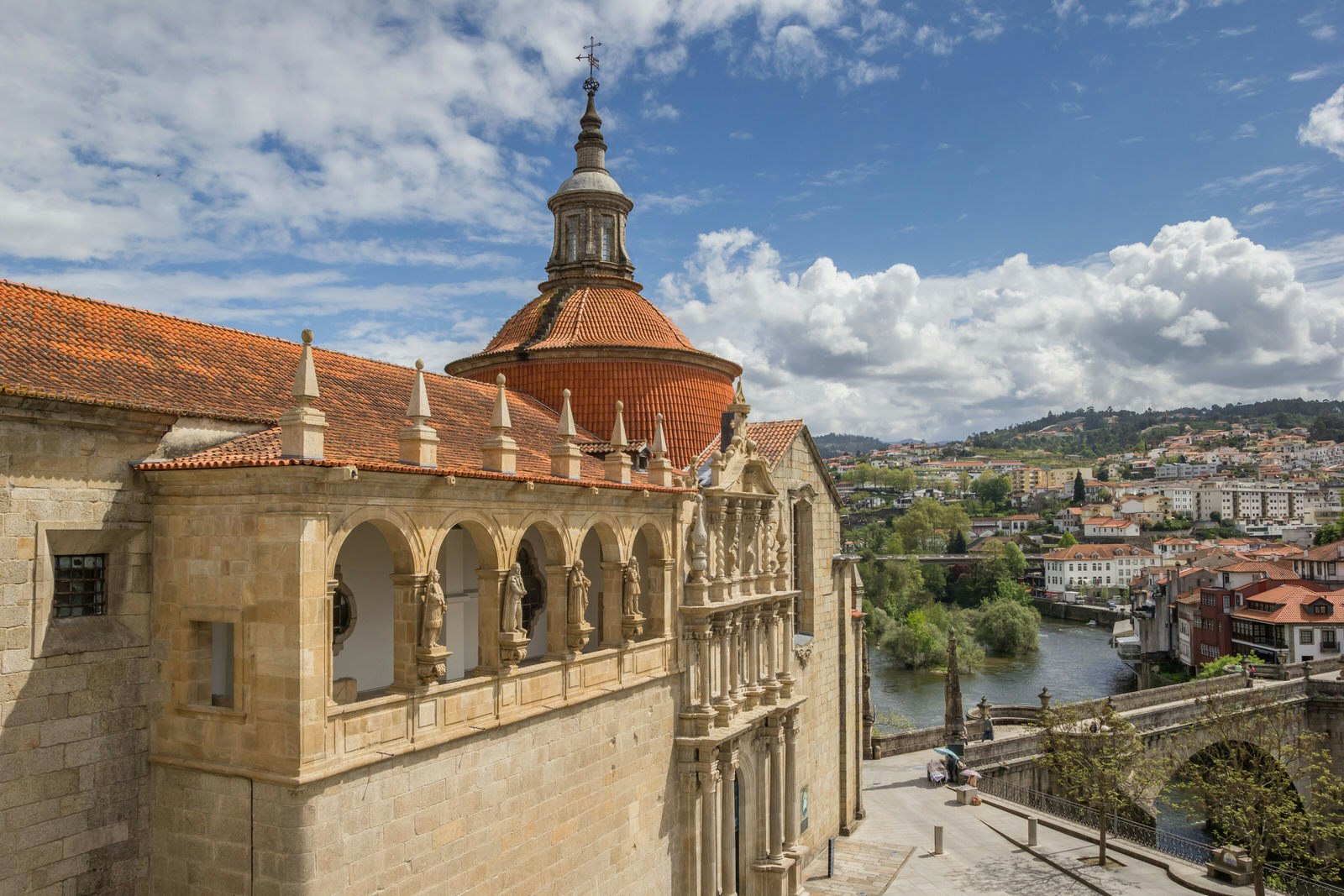
Head to Amarante for historic monuments and giggle-worthy baked goods
Art, architecture and obscene baked goods are the big attractions in one-of-a-kind Amarante. Regional Portugal generally errs on the conservative side, so the sight of elderly ladies laying out rows of penis-shaped cakes on street-side stalls may come as a surprise. But the phallic sweets – offered as a symbol of fertility – have become synonymous with Amarante, so expect to see many as you walk around town.
After giving the signature cake a try, visit the church and monastery of São Gonçalo and supposedly up your chances of finding love by rubbing the statue above Gonçalo’s tomb. The monastery is also home to an impressive art museum dedicated to one of Portugal’s finest 20th-century painters, Amadeo de Souza-Cardoso.
In front of the church, the Ponte de São Gonçalo crosses the Tâmega River. The arched bridge is the site of a victorious battle for the Portuguese against the French during the Peninsular War and now serves as the main vehicular route into town. There’s also a walking path below the bridge that follows the gentle bend of the Tâmega. Walk across the bridge to wander narrow streets dotted with small bars and cafes on either side of the river, and try the region’s famed smoked meats and vinho verde (a light, refreshing wine produced only in the Minho).
How to get to Amarante: Rede Expressos buses run every 90 minutes or so from Porto’s Campo 24 de Agosto bus station to Amarante and take about 50 minutes.

See Portugal’s oldest cathedral in Braga
Braga is a pedestrian-friendly city with atmospheric cafes, boutiques and striking water features seamlessly woven into the ancient cityscape. Take a stroll amid the colorful flowers of Jardim de Santa Bárbara and visit the Sé for a peek inside the oldest cathedral in Portugal. This beauty showcases some of the finest architecture in the country, with design styles from many centuries.
A star attraction of Braga is Bom Jesus do Monte, 5km (3 miles) from the city center (take local bus number 2 or a taxi). At the bottom of the hill, the sight of the baroque stairway zigzagging up to the church is as much a highlight as the church itself. Tackle the 580 steps on foot (recommended, so you can check out the statues and gardens along the way) or take the funicular to the top: the elevated views are ace. If you can stretch your day trip into the early evening, Braga lights up beautifully by night.
How to get to Braga: The Linha de Braga train runs frequently from Campanhã station taking just over an hour.
Take in the dramatic mountain views amid the vast Parque Nacional da Peneda-Gerês
Narrow roads twist through a rapidly changing landscape of granite boulders, dense pine forests and stunning river views in Peneda-Gerês, Portugal’s only national park. Often simply referred to as Gerês, the park covers a series of mountain ranges and spills over the Spanish border. Anywhere you see miradouro on a map is a viewpoint – and likely a good one. There are numerous hiking trails, Roman ruins and sparkling waterfalls. In winter, Gerês can occasionally get a sprinkling of snow.
Small villages are scattered throughout the park. This includes Lindoso, where you can see a 13th-century castle that played a key role in Portugal’s Restoration War. Nearby is Soajo, with its rows of espigueiros – little granite buildings that were elevated to keep water and mice out of the local grain supply. They’re quite dramatic against the mountainous backdrop.
How to get to Parque Nacional da Peneda-Gerês: Public transport is scarce in Gerês, so hire a car or join a guided tour. It’s about a 90-minute drive from Porto to either Soajo or Lindoso.
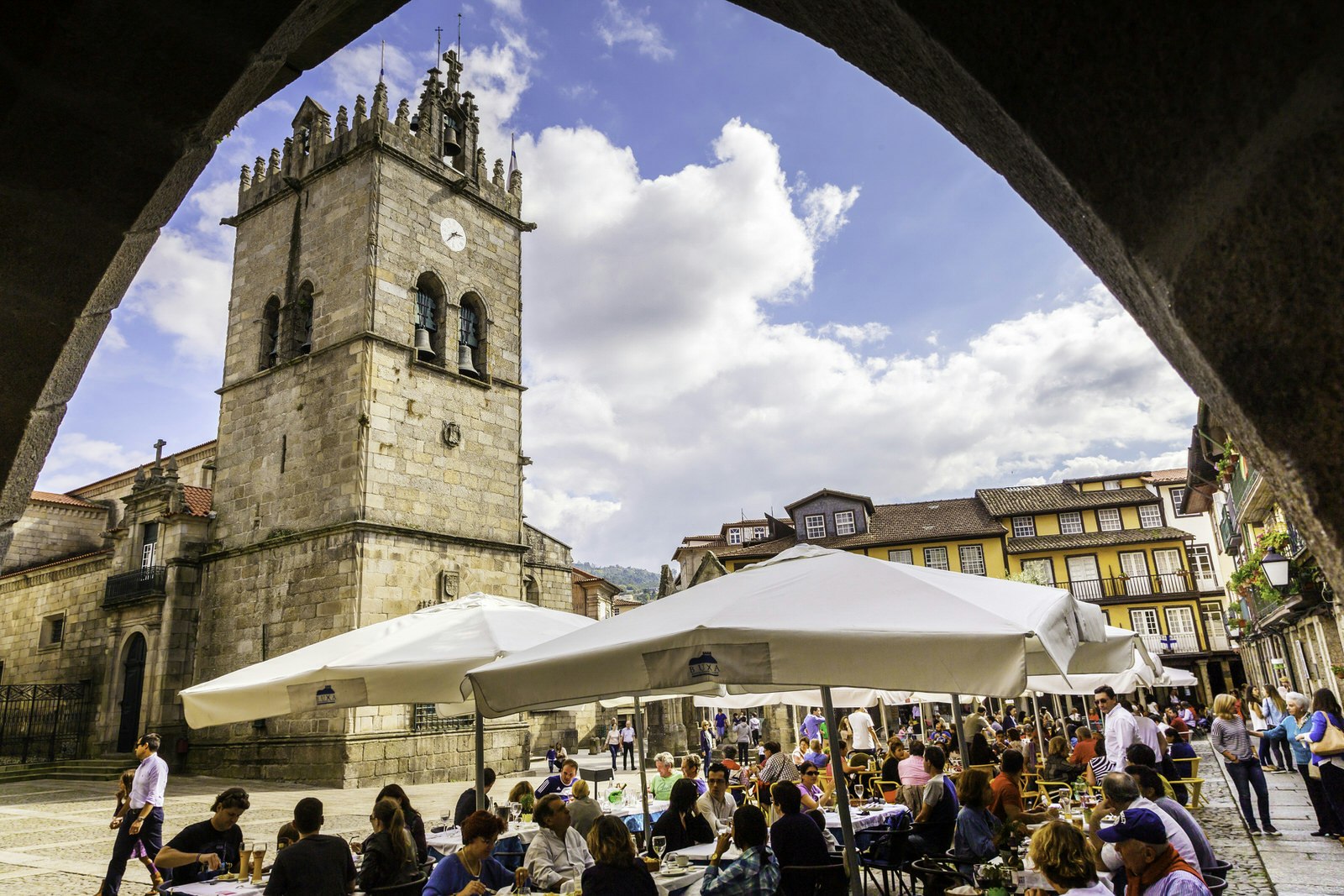
Visit Portugal’s former capital at Guimarães
Guimarães plays a central role in the nation’s history as the first capital of Portugal. The small town was also the birthplace of Portugal’s first king, Afonso Henriques. Today, the city center is a Unesco World Heritage Site, where tidy rows of colorful buildings line the streets, and slender laneways lead to cobbled squares and alfresco cafes. The symmetrical spires of the Nossa Senhora da Consolação and medieval arches of Padrão do Salado add architectural interest to the cityscape.
Uphill from the center are the well-preserved ruins of the imposing Castelo de Guimarães; nearby is the Palace of the Dukes of Bragança, which showcases 15th-century decor and manicured grounds. Peak elevation can be achieved by heading up to Penha aboard the Teleférico de Penha, a cable car that climbs 400m (1312ft) to a dramatic lookout over the city. Take a packed lunch to enjoy at the top or set off along one of the marked hiking trails.
How to get to Guimarães: The Linha de Guimarães train takes about 1 hour 15 minutes from Campanhã.

